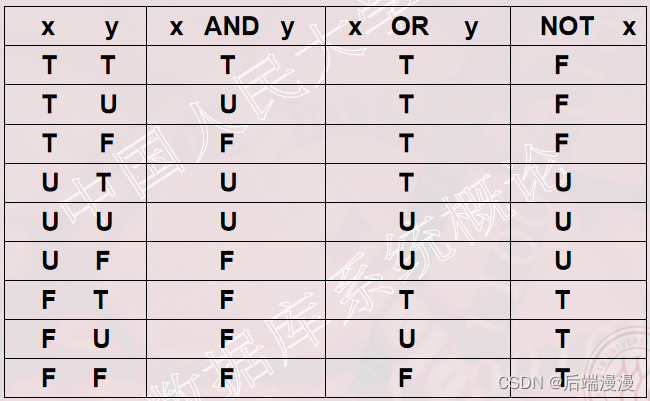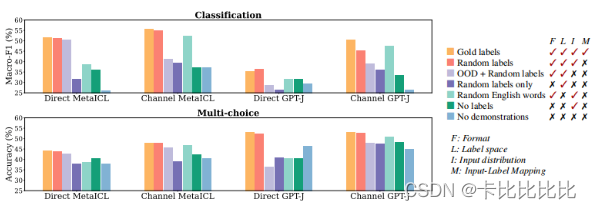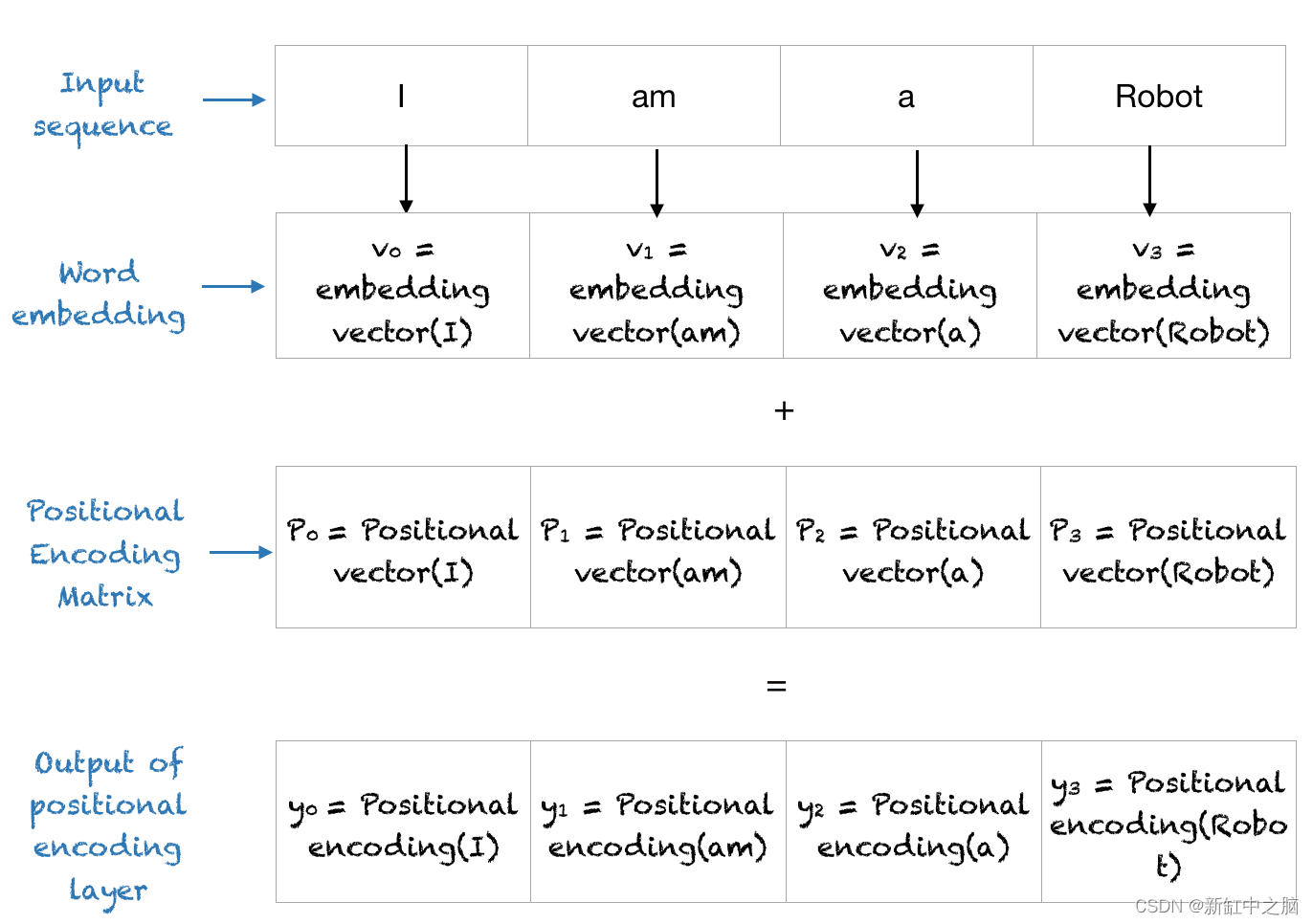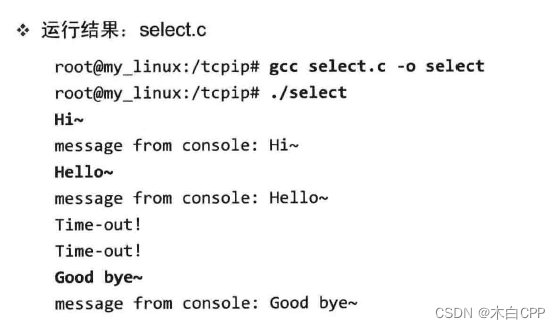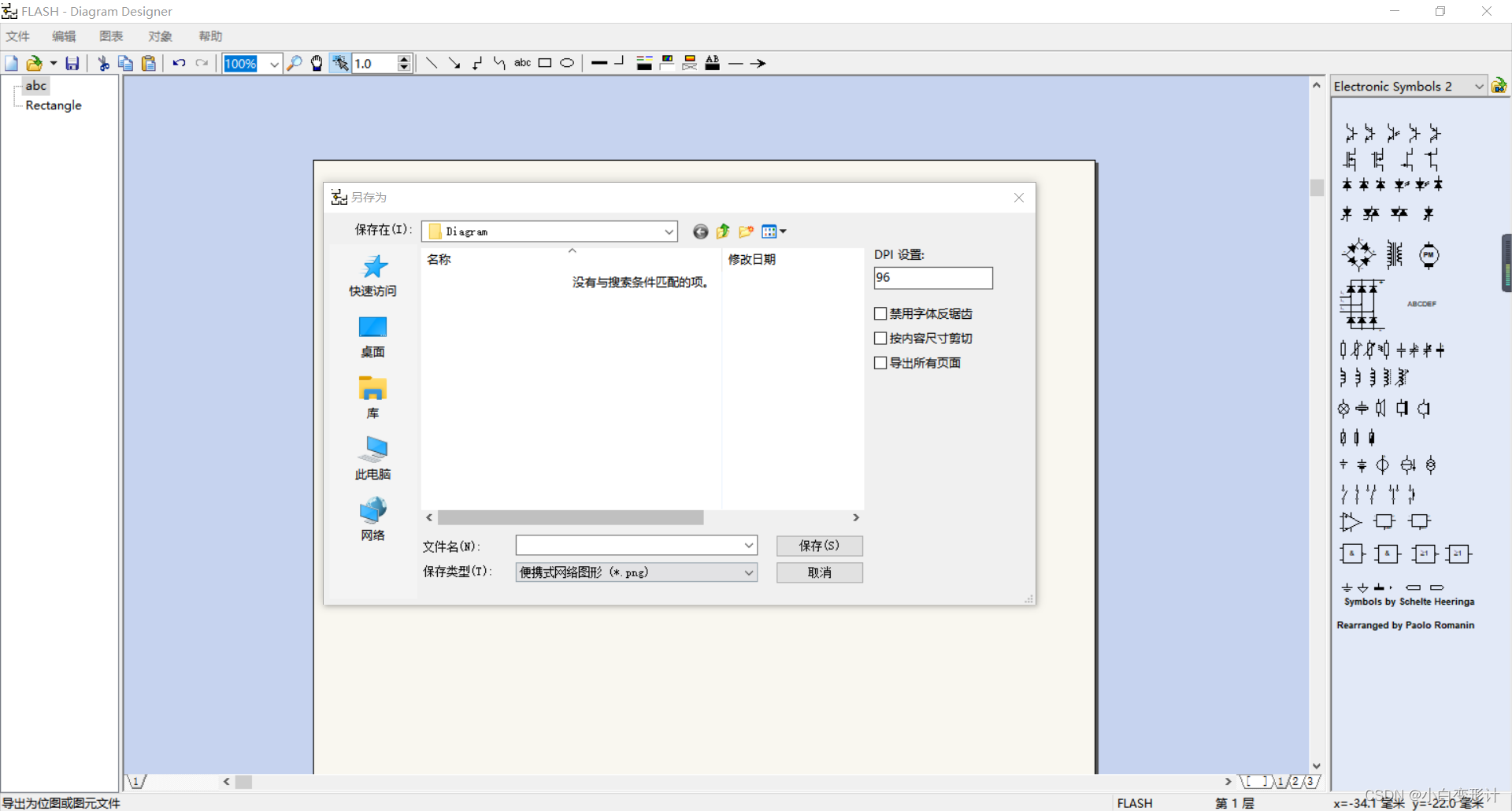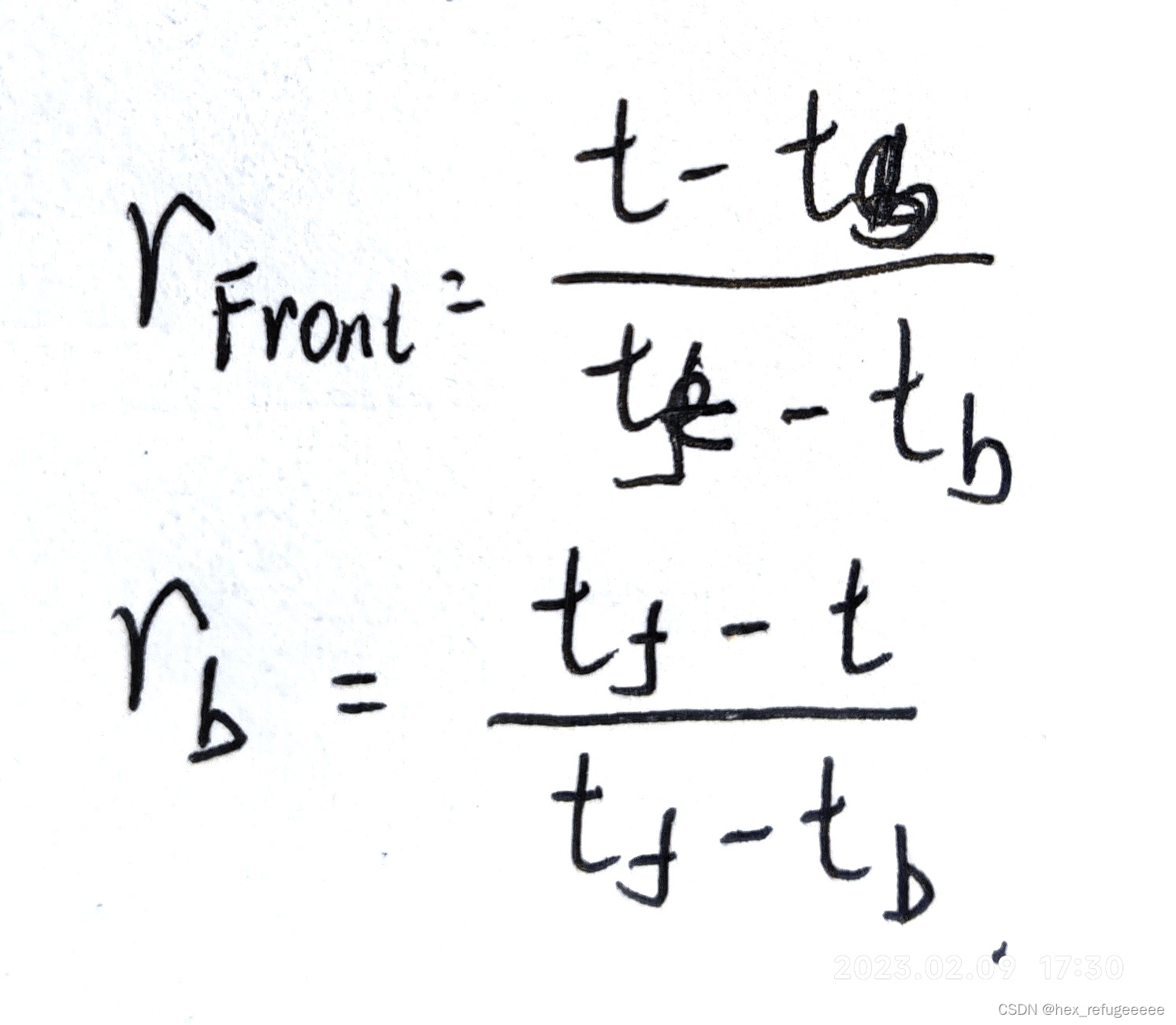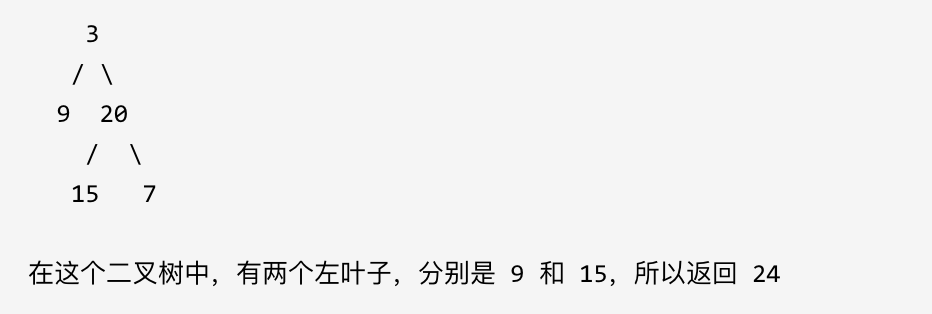目录
一、关于this指针的一个经典问题
二、this指针的特点
(一)本质
(二)应用
1. 不使用this指针
2. 使用this指针
3. 两者代码对比
三、代码举例
1. 举例1
2. 举例2
一、关于this指针的一个经典问题
当你进入一个房子后,
你可以看见桌子、椅子、地板等,
但是房子你是看不到全貌了。
对于一个类的实例来说,
你可以看到它的成员函数、成员变量,
但是实例本身呢?
this是一个指针,它时时刻刻指向你这个实例本身
二、this指针的特点
- this指针的类型:类类型* const,即成员函数中,不能给this指针赋值
- 只能在“成员函数”的内部使用
- this指针本质上是“成员函数”的形参,当对象调用成员函数时,将对象地址作为实参传递给this形参。所以对象中不存储this指针
- this指针是“成员函数”第一个隐含的指针形参,通常this指针在系统中是隐含存在的,也可以把它显式表示出来
- 非静态成员函数中可以直接使用this来代表指向该函数作用对象的指针,静态成员函数中不能使用this指针,因为静态成员函数并不具体作用与某个对象,因此,静态成员函数真实的参数的个数,就是程序中写出的参数个数
(一)本质

(二)应用
1. 不使用this指针
#include<iostream>
using namespace std;
class A
{
private:
int i;
public:
void set(int x)
{
i = x;
}
int get()
{
return i;
}
};
int main()
{
A a;
a.set(9);
cout << a.get() << endl;
return 0;
}
2. 使用this指针
#include<iostream>
using namespace std;
class A
{
private:
int i;
public:
void set(int x)//给私有成员变量i赋值
{
this->i = x;//this指针指向的是当前对象(所谓当前对象就是,谁此时调用set函数,谁就是当前对象)
cout << "this指针保存的内存地址为:" << this << endl;
}
int get()
{
return i;
}
};
int main()
{
A a;
a.set(9);//对象a调用set()函数给自己的成员变量i赋值
cout << "对象a所在的内存地址为:" << &a << endl;
cout << "对象a所保存的值为:" << a.get() << endl;
cout << endl;
A b;
b.set(999);
cout << "对象b所在内存地址为:" << &b << endl;
cout << "对象b所保存的地址为:" << b.get() << endl;
}

3. 两者代码对比

三、代码举例
1. 举例1
#include<iostream>
using namespace std;
class Box
{
private:
double length;//长
double breadth;//宽
double height;//高
public:
Box(double l = 2.0, double b = 2.0, double h =2.0)
{
cout << "Constructor called" << endl;
length = l;
breadth = b;
height = h;
}
double Volume()//体积
{
return length * breadth * height;
}
int compare(Box box)//比较
{
return this->Volume() > box.Volume();
}
};
int main()
{
Box Box1(3.3, 1.2, 1.5);
Box Box2(2.5, 6.0, 2.0);
if (Box1.compare(Box2))//Box1调用的成员函数compare,所以this指针指向的是Box1
{
cout << "Box1 is bigger than Box2!" << endl;
}
else
{
cout << "Box1 is smaller or equal than Box2!" << endl;
}
return 0;
} 
2. 举例2
代码举例2:
#include<iostream>
using namespace std;
class complex
{
public:
double real,imag;
void print()
{
cout<<real<<","<<imag;
}
complex(double r,double i):real(r),imag(i)//初始化列表,complex接收传进来的两个数r和i,
//将r传给real,将i传给img
{
;
}
complex addone()
{
this->real++;//等价于real++
this->print();//等价于print
return *this;//this指针指向了调用addone()函数的对象
}
};
int main()
{
complex c1(1,1);
complex c2(0,0);
c2=c1.addone();//c1.anddone会调用addone函数,this指向addone()函数所作用的对象c1,
//导致c1的real加1,也就变成了2,然后this指向的print()函数所作用的对象c1,打印c1的real=2,imag=1
return 0;
}